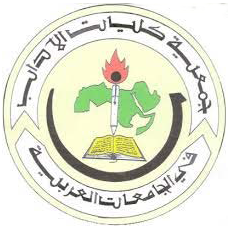Association of Arab Universities Journal for Arts مجلة اتحاد الجامعات العربية للآداب

Document Type
Article
Abstract
The drama program in the theatrical text is based on a set of dramatic transformations according to a specific timeframe and place where the author tries to embody that program through an imaginary space accompanied by a parallel text explaining the situations in which the dramatic actions take place. Also in that program, the author describes the situations of the active selves based on moving the dramatic act and transforming it from one path to another in a process called, in the semiotic term, “dramatic Transformations.” On this basis, the dramatic self is the focus of the theatrical text, and the dramatic act is originally based on the presence of the dramatic self, by defining its relationship to the subject of value embodied in the theatrical text, whether the active self is relevant or separate from it. The active self becomes dominant in the dramatic path in the play, whether negative or positive. Accordingly, our study in this work was directed at following up the selves of the dramatic action (act) in the play "El-warda wa Essiaf" (The Rose and the Swordsman) by Azzeddine Mihoubi. We follow the semiotic approach, especially in relation to the semiotics of the act , to reveal the drama programs in the theatrical text and its various paths that appear at the superficial level in the form of conflicts represented in the the active selves. In doing so, we will determine the types of selves, depending on the roles assigned to them by the author, whether it is related to the way in which these selves see the dramatic acts, or through the actions they (the selves) do, which influence the dramatic trajectory.
Recommended Citation
Benstiti, Sadia
(2020)
"Dramatic Semiotics in Azzeddine Mihoubi’s The Rose and the Swordfish,"
Association of Arab Universities Journal for Arts مجلة اتحاد الجامعات العربية للآداب: Vol. 17:
Iss.
1, Article 9.
Available at:
https://digitalcommons.aaru.edu.jo/aauja/vol17/iss1/9

